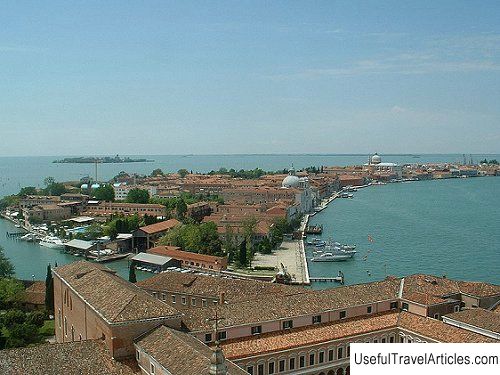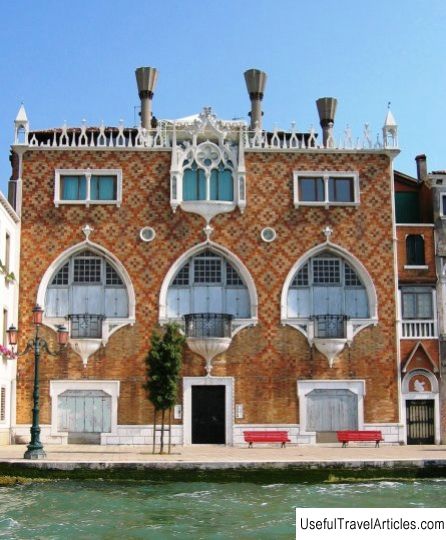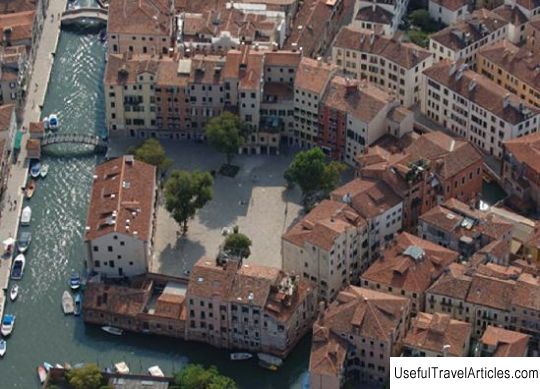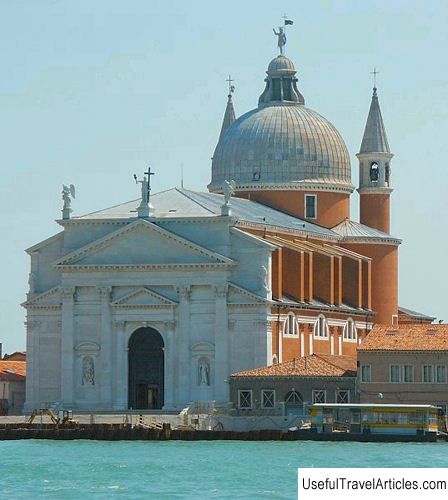Giudecca description and photos - Italy: Venice

Giudecca description and photos - Italy: Venice. Detailed information about the attraction. Description, photographs and a map showing the nearest significant objects. The title in English is Giudecca. Photo & DescriptionGiudecca is a long, narrow fishbone island located south of Venice. Its name comes either from the Jews (“Judei”) who settled here in the Middle Ages, or from the convicted aristocrats (“Judicati”) who were exiled here in the 9th century. Throughout most of its history, Giudecca developed independently of Venice, and to this day many of its inhabitants prefer to call themselves Giudicans rather than Venetians. Once upon a time there were seven monasteries on the island, in which wanderers and fugitives could take refuge - one of them was the great Michelangelo, expelled from Florence in 1529. Later, Giudecca became popular with Venetian merchants, who built their residences here. In the 18th century, numerous gardens and parks were laid out on the island, many of which were rented out for parties. The parties, I must say, were very scandalous - with booze and orgies, and over time the island began to enjoy a bad reputation. At the end of the 19th century, the territory of Giudecca was subjected to industrialization - in the place of gardens and monasteries (of which only two have survived), narrow streets were laid, houses literally stuck to each other were built, and numerous factories and factories ... Many of these factories are now closed, and most of Giudecca is in a very unsightly state. And, nevertheless, tourists constantly come here, who are attracted by the majestic churches erected by Andrea Palladio. Perhaps the most famous of these churches is Il Redentore, built in gratitude for saving the inhabitants of the island from the plague, which in 1576 claimed a third of the population of Venice. The huge dome of this church is crowned with a statue of Christ the Redeemer, and the main attraction of the facade is its classic pediment. This typically "Palladian" element was reproduced in many buildings in Europe in the 17th and 18th centuries. The main entrance to the temple is through a huge staircase, to which the views of the full-length statues of Saints Mark and Francis are turned. Every third Sunday in July, a pontoon bridge is erected across a narrow strait between the Venetian embankment of Zattere and Giudecca, along which a religious procession moves. Another creation of Palladio on Giudecca is the church of Santa Maria della Presentazione, known as the Church of Spinners, as lonely women once learned the art of spinning in its monastery. Finally, the temple of Santa Euphenia deserves attention - a medieval building in the Venetian-Byzantine style with a Doric portico, added in 1597.        We also recommend reading Villa Dream description and photos - Crimea: Simeiz Topic: Giudecca description and photos - Italy: Venice. |




